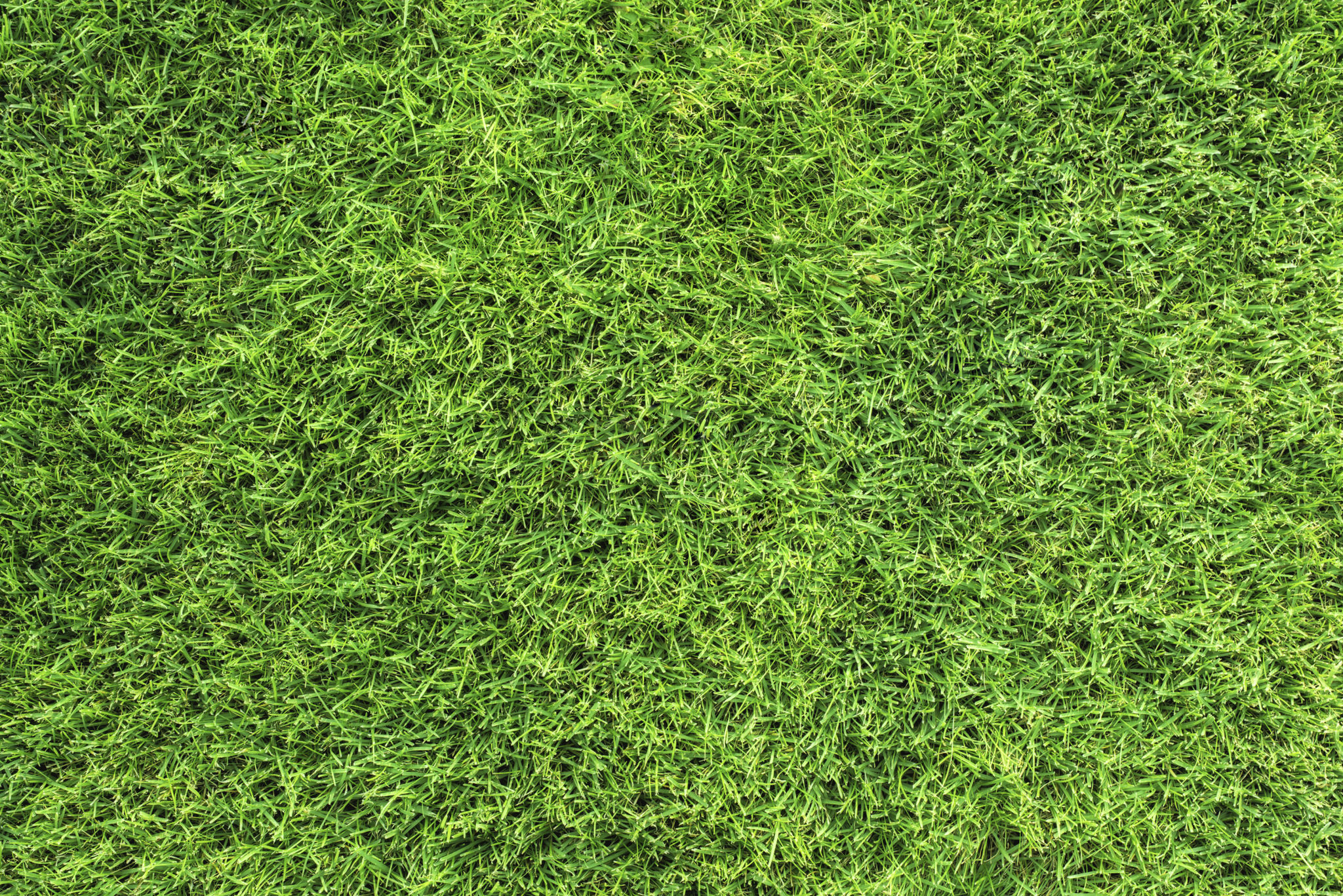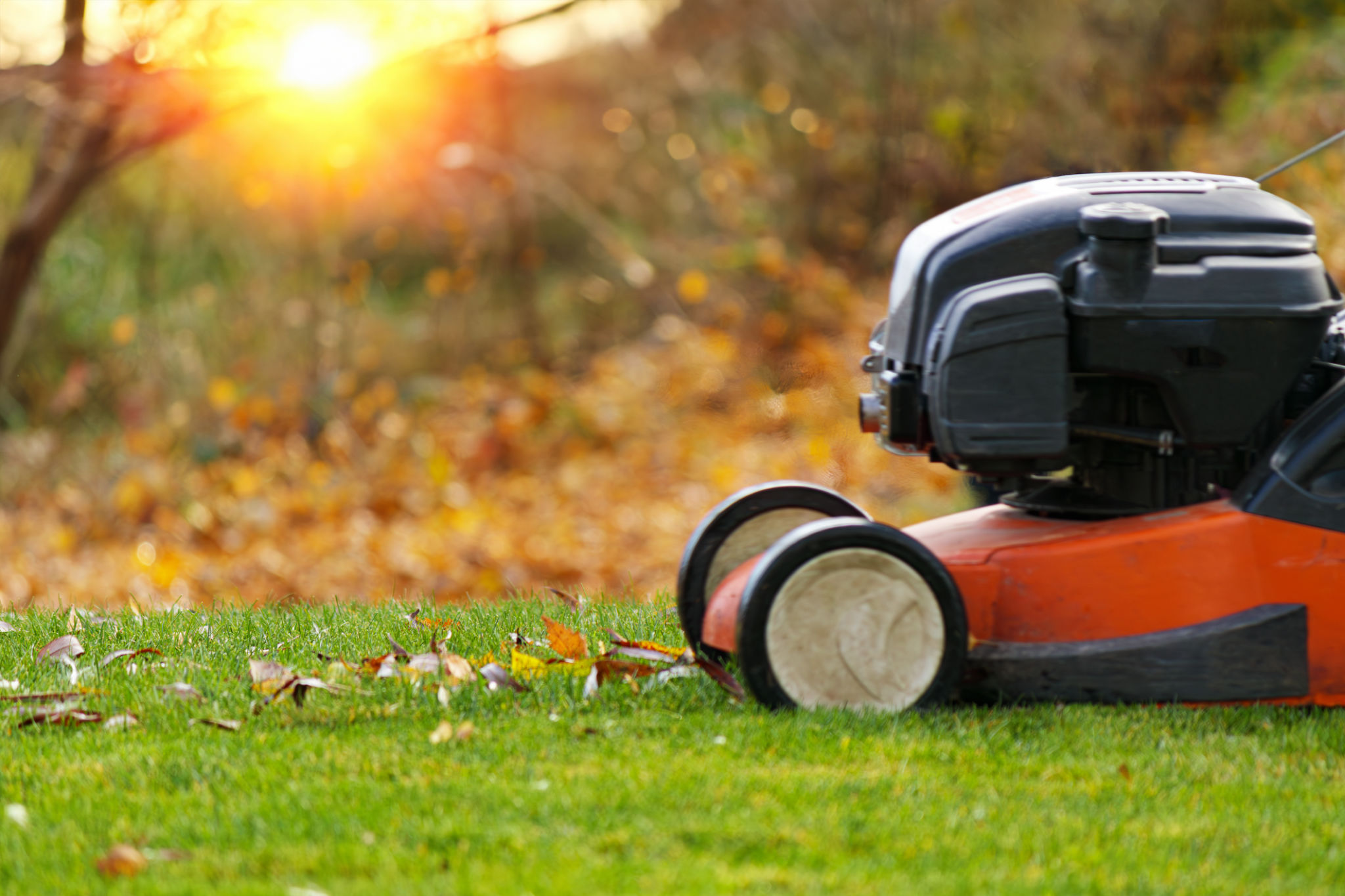DIY Lawn Maintenance Tips for a Greener Yard
Understanding Your Soil
One of the first steps to achieving a greener yard is understanding your soil. Healthy soil is the foundation of a vibrant lawn. Start by conducting a soil test to determine its pH and nutrient levels. You can purchase a soil testing kit from a garden center or send a sample to a local extension service. Based on the results, you can amend your soil with the necessary nutrients to create an optimal growing environment for your grass.
Choosing the Right Grass
Not all grass types are created equal, and selecting the right one for your climate and soil type is crucial for a lush lawn. Warm-season grasses like Bermuda and Zoysia are ideal for southern regions, while cool-season grasses such as Kentucky Bluegrass and Fescue thrive in northern climates. Consider factors like shade tolerance, drought resistance, and maintenance requirements when choosing your grass variety.

Proper Mowing Techniques
Mowing may seem straightforward, but doing it correctly can make a big difference in the health of your lawn. Set your mower blades to the appropriate height for your grass type; cutting too short can stress the grass and make it more susceptible to weeds and diseases. As a general rule, never remove more than one-third of the grass blade in a single mowing session. Additionally, keep your mower blades sharp to ensure clean cuts.
Mowing Frequency
The frequency of mowing depends on the growth rate of your grass. During the growing season, you may need to mow once a week, while in cooler months, mowing can be less frequent. Regular mowing encourages a denser, healthier lawn by promoting lateral growth and preventing thatch buildup.
Watering Wisely
Proper watering is essential for a green lawn, but overwatering can be just as detrimental as underwatering. Aim to water your lawn deeply and infrequently, rather than giving it a light daily sprinkle. This encourages the grass roots to grow deeper, making the lawn more drought-resistant. Early morning is the best time to water, as it allows the grass to dry out during the day, reducing the risk of fungal diseases.

Fertilizing for Growth
Fertilizing provides your lawn with the nutrients it needs to grow thick and green. Use a slow-release fertilizer to provide a steady supply of nutrients over time. The best times to fertilize are in the spring and fall when the grass is actively growing. Be sure to follow the recommended application rates to avoid over-fertilizing, which can harm your lawn and the environment.
Organic Options
If you prefer a more natural approach, consider using organic fertilizers. These products release nutrients more slowly and improve soil health over time. Compost and manure are excellent organic options that can help build a rich, fertile soil.
Controlling Weeds and Pests
Weeds and pests can quickly take over a lawn if not properly managed. Regularly inspect your yard for signs of trouble and address issues promptly. Hand-pulling weeds or using a selective herbicide can help keep them under control. For pests, identify the specific problem and use targeted treatments to avoid harming beneficial insects.

Aerating and Dethatching
Over time, lawns can become compacted, restricting the flow of air, water, and nutrients to the roots. Aerating involves removing small plugs of soil to alleviate compaction and promote root growth. Dethatching removes the layer of dead grass and debris that accumulates on the soil surface, allowing your lawn to breathe and absorb nutrients more effectively. Both practices are best done in the spring or fall when the grass is actively growing.
Seasonal Maintenance
Each season brings its own lawn care challenges and opportunities. In the spring, focus on repairing winter damage and preparing for the growing season. Summer requires diligent watering and mowing to manage heat stress. Fall is the time to fertilize and aerate, while winter involves protecting your lawn from cold damage and planning for the year ahead. By adjusting your maintenance routine to the seasons, you can keep your lawn healthy and green year-round.
